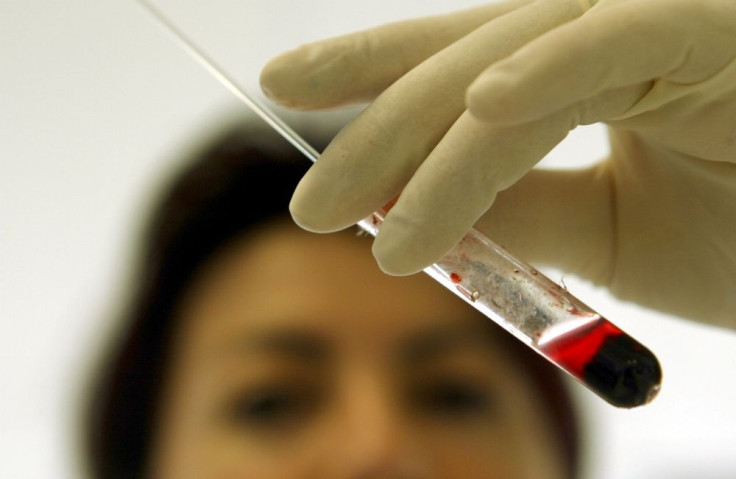Young Blood Rejuvenation: Experiment Shows Fractured Bones Heal Faster With Young Blood

A new experiment has found that young blood contains special healing properties that diminish with ageing. Scientists showed in the experiment that fractured bones in old mouse heal faster when introduced with blood from a young mouse, The Verge reports.
The study also suggests that old bones are not really the problem and bone fracture in the elderly can be corrected by working on blood proteins. The latest experiment showing young blood rejuvenation follows recent studies suggesting similar technique can slow down memory loss and muscle death.
The research team from Toronto's Hospital for Sick Children experimented with mice of different ages using a technique called parabiosis. The researchers paired mice of different ages as well as the same ages, which served as the control group.
Once the mice were paired, scientists fractured their shinbones to observe how they heal. The findings showed that fractured bones in old mice healed faster when they were paired with the younger ones. Conversely, young mice given with old blood were seen to have slow healing.
According to the published study found in Nature Communications, young blood cells secrete a molecule--yet to be identified--that speeds up bone healing. The molecule works by regulating beta-catenin found in bone cells. The study suggests that maintaining proper beta-catenin levels is an important step for new bone formation.
"This work shows the importance of blood cells in fracture repair," said study co-author Benjamin Alman, in a report from The Verge. "If we could reverse this, we would prevent complications of fractures in older patients," he said.
The results of the study mean good news for the ageing population, according to the Smithsonian. However, the technique of sharing human blood has raised practicality concerns and the issue of potential medical complications.
A cell biologist Christopher Evans, who did not take part in the experiment said in The Verge report that the idea of young blood's rejuvenating properties is not new. However, Evans believe that applying the technique to facilitate bone healing will definitely help this science branch out further.
To report problems or leave feedback on this article, email: wendylemeric@gmail.com.





















